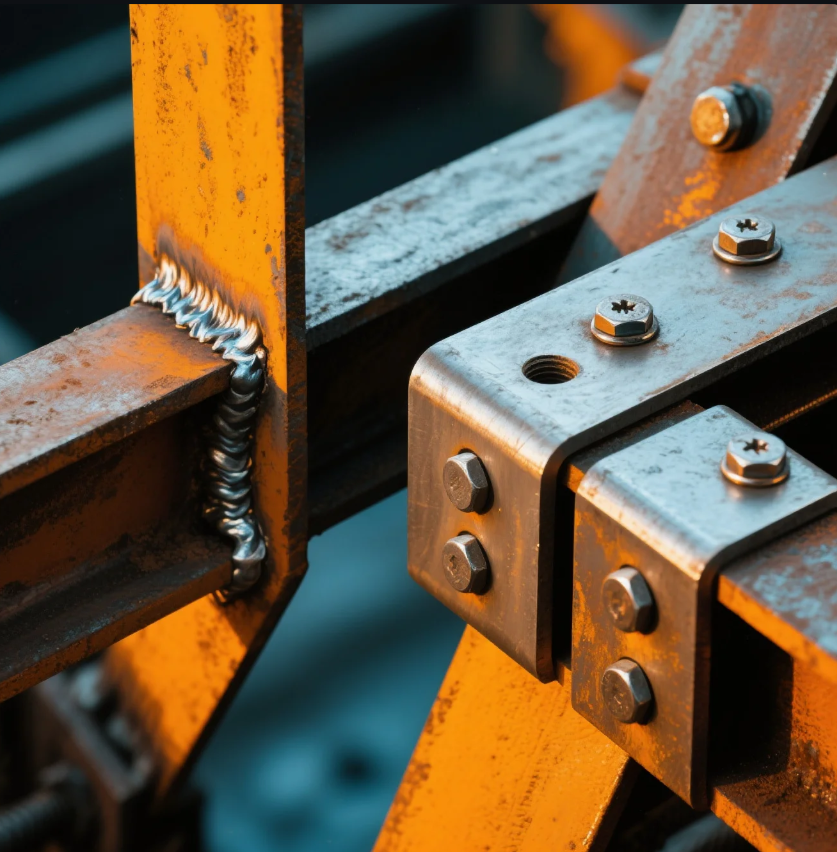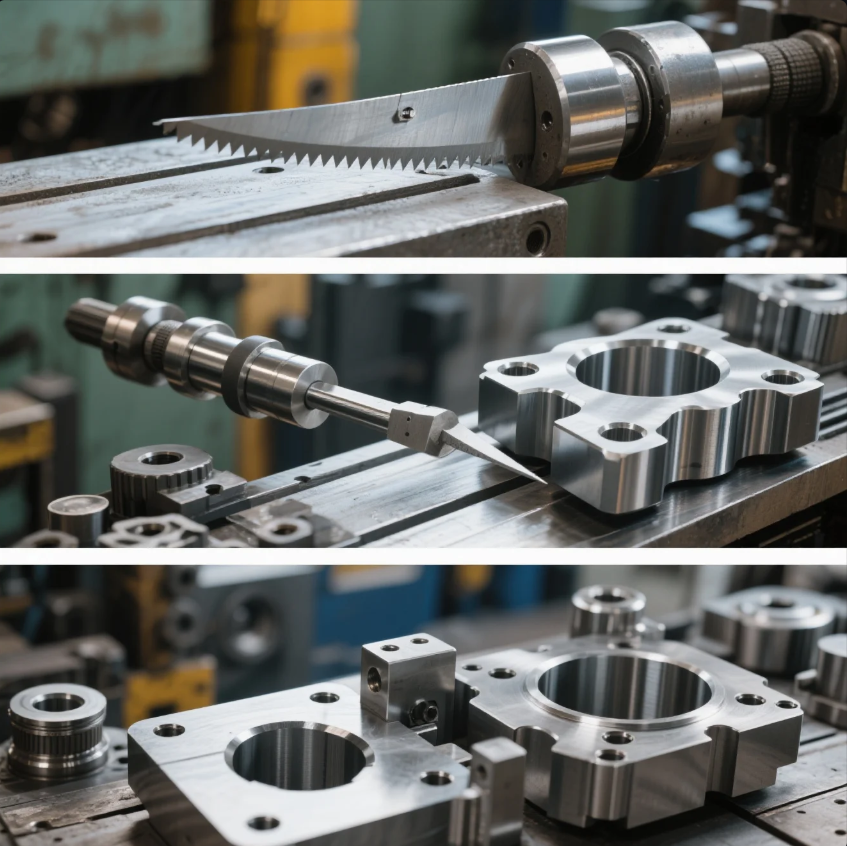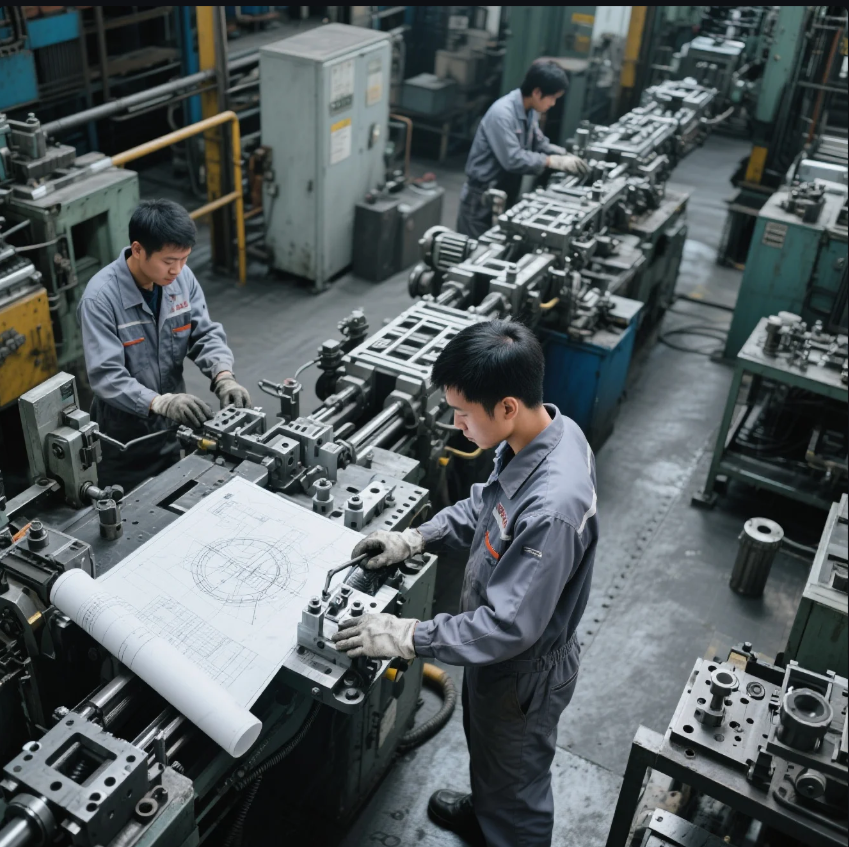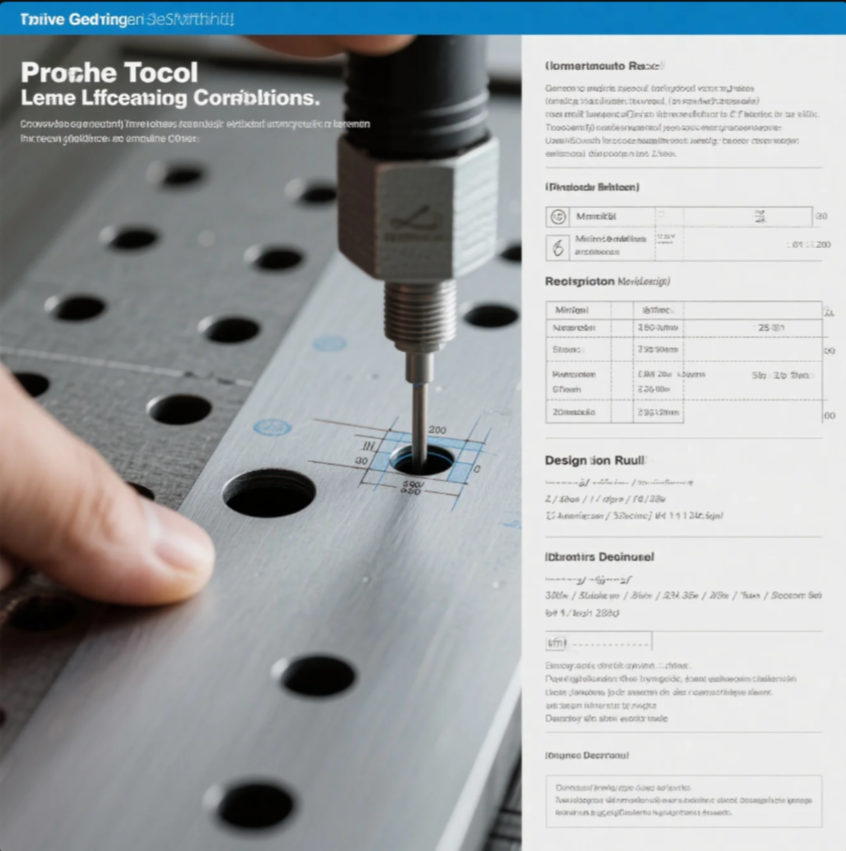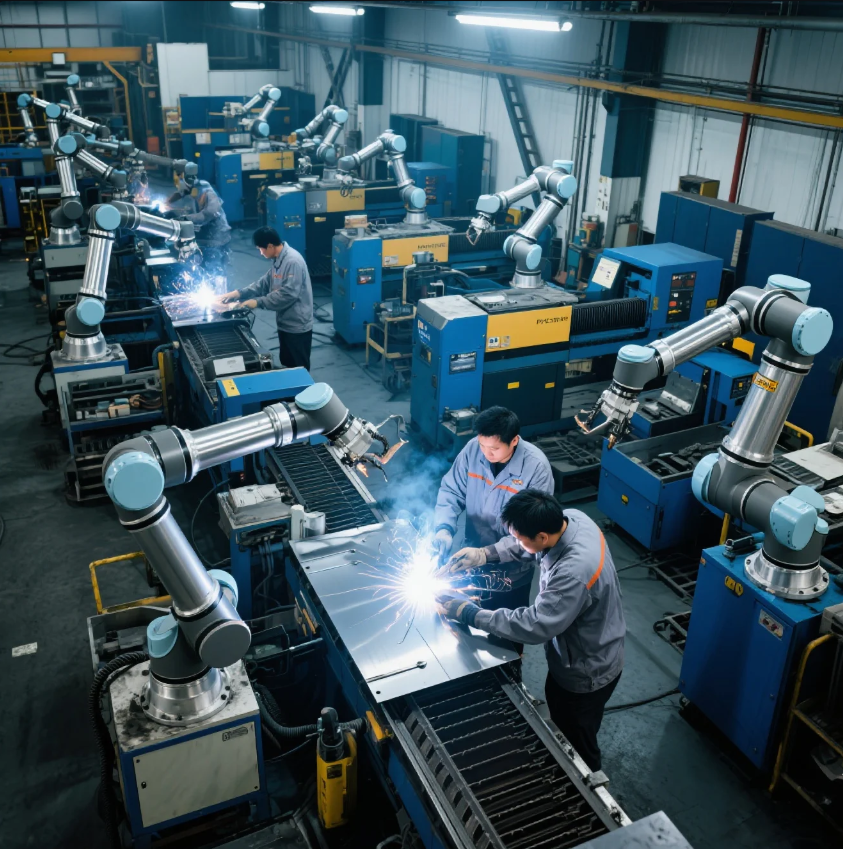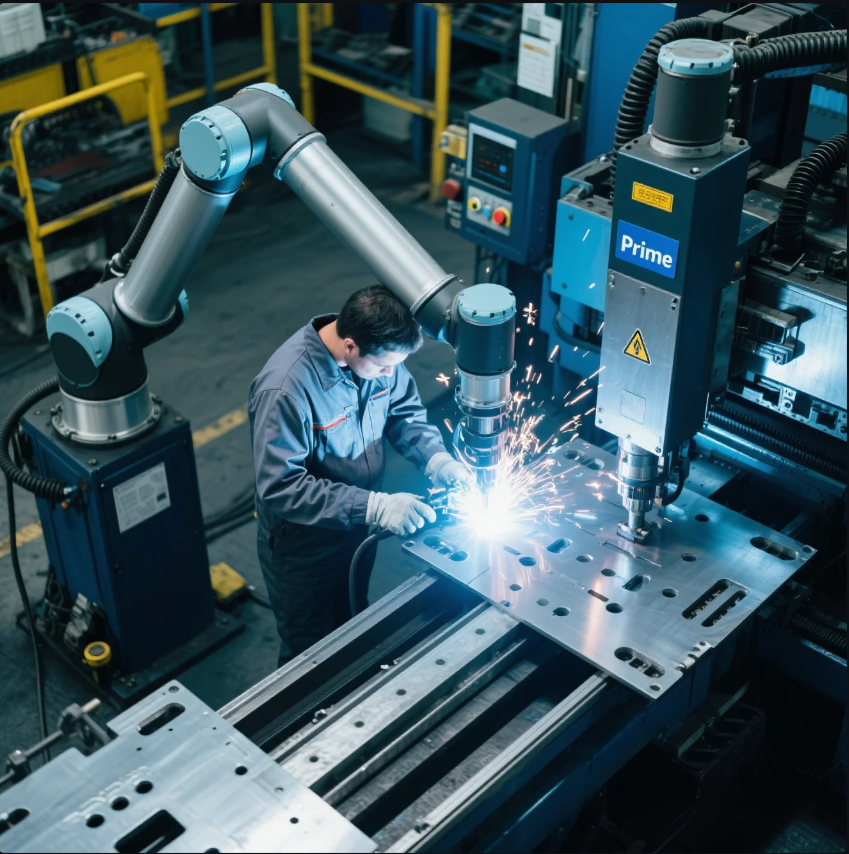Can you 3D print metal parts?
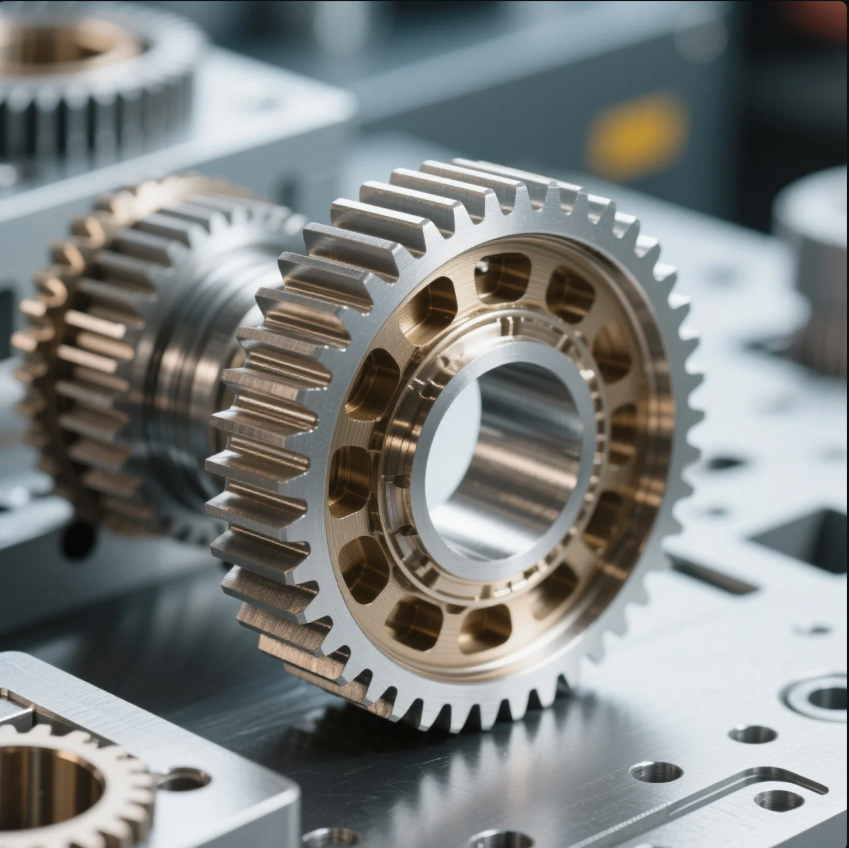
Wondering if metal can be printed like plastic?
Yes, metal 3D printing is real—and it's already used in aerospace, medical, and industrial prototyping. However, not all printers can do it, and there are serious cost and material limitations.
In this article, we’ll explore how metal 3D printing works, what machines and materials are involved, and whether it’s strong enough to replace traditional casting or CNC machining.
Table of Contents
- Can a 3D printer make metal parts?
- Can a normal 3D printer print metal?
- Are 3D printed metal parts strong?
- Are there 3D printers that can print metal?
- Frequently Asked Questions (FAQ)
- Conclusion
Can a 3D printer make metal parts?
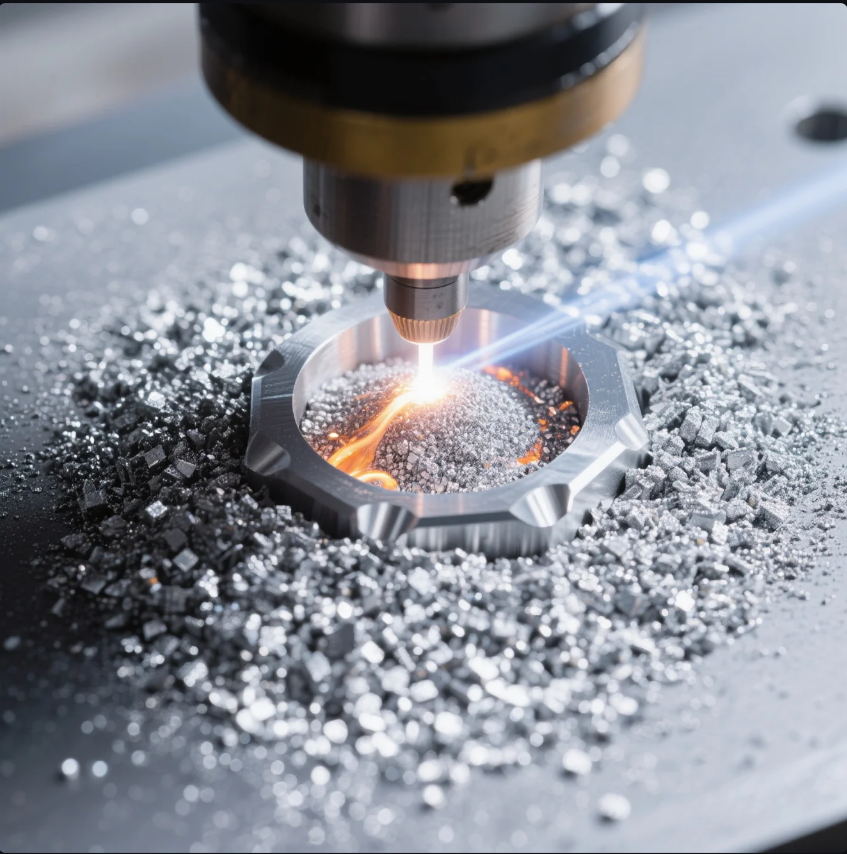
Yes. Metal 3D printers use high-powered lasers or electron beams to melt and fuse metal powders layer by layer.
This process is commonly known as:
- DMLS (Direct Metal Laser Sintering)
- SLM (Selective Laser Melting)
- EBM (Electron Beam Melting)
These technologies can produce high-performance parts in:
- Stainless steel
- Titanium
- Aluminum
- Inconel
- Cobalt-chrome alloys
At Prime, we work with partners offering metal printing for R\&D parts, especially in aerospace and medical sectors.
Summary:
Yes—you can 3D print metal parts using industrial-grade machines and specialized powders.
Can a normal 3D printer print metal?
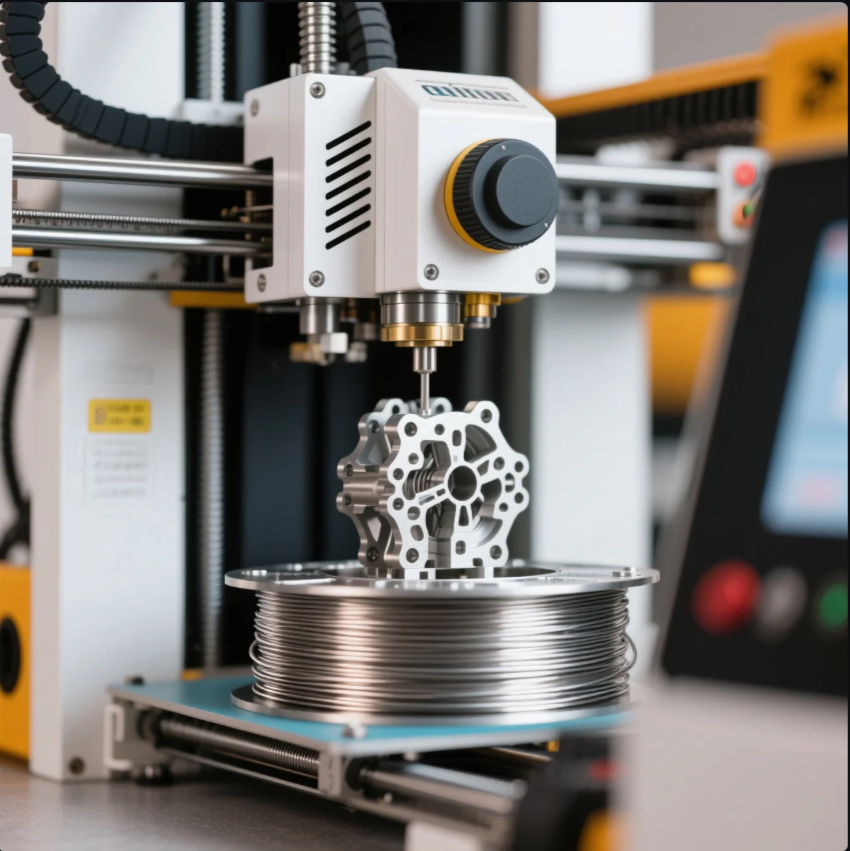
Not really. Most desktop 3D printers can’t print real metal, but they can use metal-filled plastic filament for appearance.
Here’s the difference:
| Printer Type | Can It Print Metal? | Notes |
|---|---|---|
| FDM (Plastic) | ❌ Not true metal | Uses plastic with metal powder filler |
| SLA (Resin) | ❌ Not metal | Some wax patterns for metal casting |
| DMLS/SLM (Laser) | ✅ Yes – real metal parts | Requires inert gas and sealed chamber |
There are also “indirect” methods—such as Binder Jetting—where a printed metal powder part is later sintered in a furnace.
Summary:
Regular 3D printers can’t truly print metal—they need specialized machines and environments.
Are 3D printed metal parts strong?

Yes—metal prints can be very strong, sometimes matching forged or machined parts—but strength depends on the printing process, orientation, and post-treatment.
Key factors include:
- Material type (e.g., titanium vs. aluminum)
- Print orientation (vertical layers are often weaker)
- Porosity (voids from improper fusion)
- Heat treatment (to relieve internal stress)
At Prime, we recommend DMLS or SLM only when:
- The part geometry can’t be machined or cast
- Weight reduction or lattice structures are needed
- Fast iteration is required in development stages
Summary:
Metal prints can be strong—but require careful process control and sometimes additional finishing.
Are there 3D printers that can print metal?
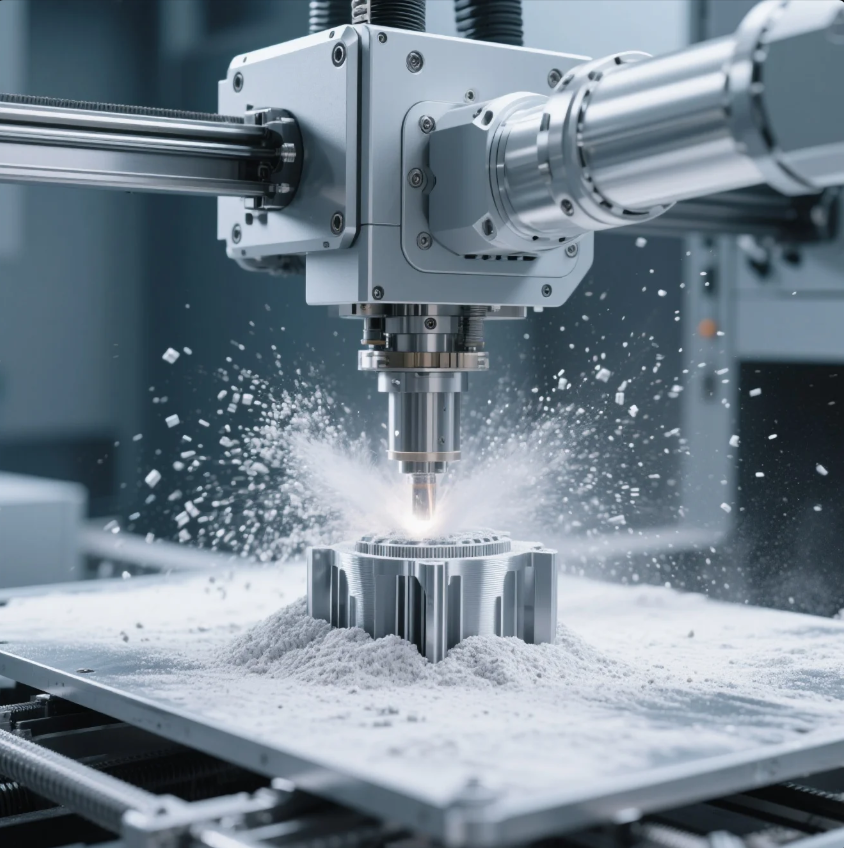
Yes. Industrial metal 3D printers exist and are widely used in high-end manufacturing.
These machines use:
- High-power fiber lasers
- Inert gases (argon, nitrogen)
- Sealed powder chambers
- Complex slicer software for support design
Popular manufacturers include:
- EOS (Germany)
- SLM Solutions
- GE Additive
- Renishaw
- Desktop Metal (entry-level industrial)
At Prime, we help clients choose between metal printing and conventional machining based on cost, accuracy, and scale.
Summary:
Metal 3D printing is real—but only feasible with industrial machines and strict safety protocols.
Frequently Asked Questions (FAQ)
❓ Can I print steel on a desktop printer?
No.
Steel requires powder fusion and cannot be printed with regular desktop 3D printers.
❓ Are 3D printed metal parts cost-effective?
Sometimes.
For prototypes or complex shapes, yes. For large batches, casting or CNC is cheaper.
❓ What’s the alternative to metal 3D printing?
Casting, CNC machining, or metal injection molding—especially for high-strength or volume needs.
❓ Do printed parts need post-processing?
Yes.
Most metal prints require support removal, heat treatment, and surface finishing.
Conclusion
You can 3D print metal parts using advanced technologies like DMLS or SLM. However, it’s not something a regular desktop printer can do. At Prime, we help you decide whether to use metal printing or traditional processes like CNC machining and casting—based on performance, precision, and cost.
Curious if your part should be 3D printed or CNC machined?
Contact Prime for material advice, sample review, and full DFM support for metal or plastic components.
📧 Email: [email protected]
🌐 Website: https://primecustomparts.com

